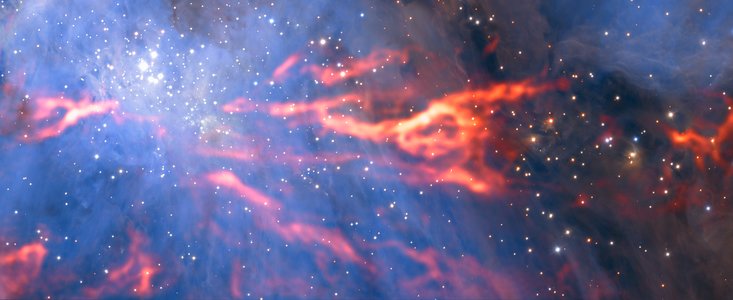
Arp 256 is a stunning system of two spiral galaxies, about 350 million light-years away, in an early stage of merging. The image, taken with the NASA/ESA Hubble Space Telescope, displays two galaxies with strongly distorted shapes and an astonishing number of blue knots of star formation that look like exploding fireworks. The star formation was triggered by the close interaction between the two galaxies. Credit: ESA/Hubble, NASA
Galaxies are not static islands of stars – they are dynamic and ever-changing, constantly on the move through the darkness of the Universe. Sometimes, as seen in this spectacular Hubble image of Arp 256, galaxies can collide in a crash of cosmic proportions...
Read More








Recent Comments